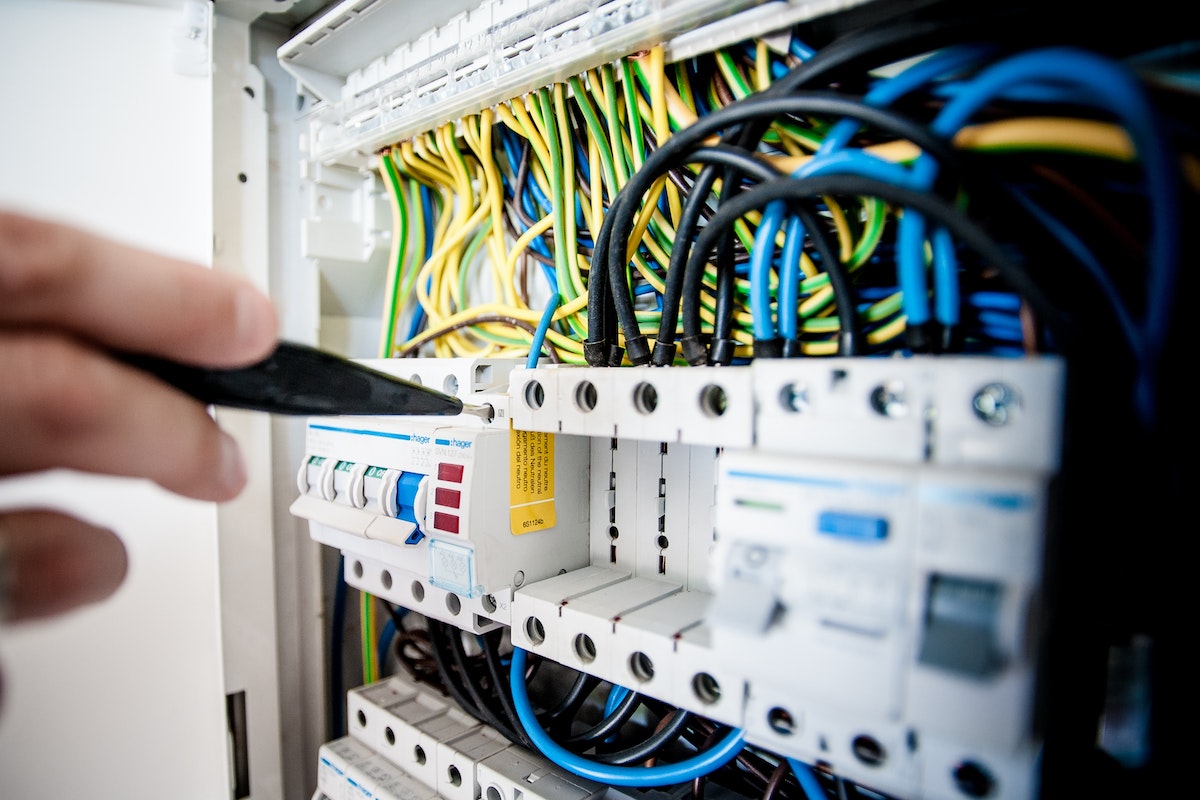You should know the cost of repairing or replacing that part when it breaks so that you use these total costs to determine which maintenance activities are most effective for you. Continue reading →
Although different equipment and tools simplify manufacturing, you must keep the maintenance costs in mind. You have to repair or replace worn-out and inefficient parts at some point.
You should know the cost of repairing or replacing that part when it breaks so that you use these total costs to determine which maintenance activities are most effective for you.
To make more cost-effective judgments, you need to determine these expenses using a level of repair analysis (LORA). It is a decades-old asset management technique that looks at both the financial justification for maintaining an asset as well as its level of criticality. Consider it a decision-making process determining the required maintenance level for different assets.


Level of repair analysis is a technique for determining the appropriate level and amount of maintenance you should invest in an asset to have the lowest life cycle costs. It’s how you determine whether anything needs to be repaired or replaced and when and where you decide to make repairs.
The LORA method considers several variables, including:
The objective is to allocate the least amount of maintenance spending to each asset to reduce costs while still achieving operational goals for availability and dependability.
Although some businesses may already have a system for examining overall repair-or-replace decisions when assets reach the end of life of IT equipment, LORA is a method for getting the most value out of the maintenance budget. You can use LORA for each assembly and subassembly part that makes up your assets and equipment.
With this process, you will typically have a choice of three levels of service.
You have a variety of upkeep alternatives when an asset breaks, and you must develop various cost models to determine which is best. Therefore you must know the required resources for each option, such as the necessary personnel, tools, and testing apparatus.
Depending on the part and the sort of maintenance, you could require someone with specialized abilities to operate a particular tool. After they finish, they need diagnostic tools to verify sure they performed the work correctly. Because it impacts prices for each model, you should also consider where your technicians work.
You need accurate data for proper maintenance. Knowing the costs of everything is necessary before you can build out your cost models for various maintenance choices. Additionally, clean, trustworthy data is the foundation for controlling expenditures.
While checking a parts list for costs may be simple, you need equipment maintenance software to track data accurately and produce maintenance metrics and KPIs for failure rates. From there, you can determine accurately what each maintenance option will cost.
You can save money by consistently taking the action that provides the greatest financial support for your operational objectives. Additionally, you’re saving money more quickly because it’s far more probable that you already know the solution to any maintenance-related queries.
Cost, risk, and performance make up LORA’s three main components:
Using LORA means you’ve already run a lot of the numbers, saving you from deciding what to do and how to do it each time.
LORA helps you calculate equipment cost, risk, and performance because efficiency and efficacy are necessary to increase productivity and return on investment.
Explore the benefits of dedicated remote servers. Ask questions. Choose wisely. You and your clients…
Implement regular assessments using simulated attacks to expose vulnerabilities in your systems. Early detection is…
Preparing for your forklift certification test doesn’t have to be overwhelming. It just requires you…
Discover the top 5 AI tools students are using in 2025 to study smarter, write…
Dedicated server plans in Germany represent a solid foundation for a wide array of projects.…
Whether you're a teacher, entrepreneur, artist, or just someone looking to explore AI-powered creativity, Vidwud…